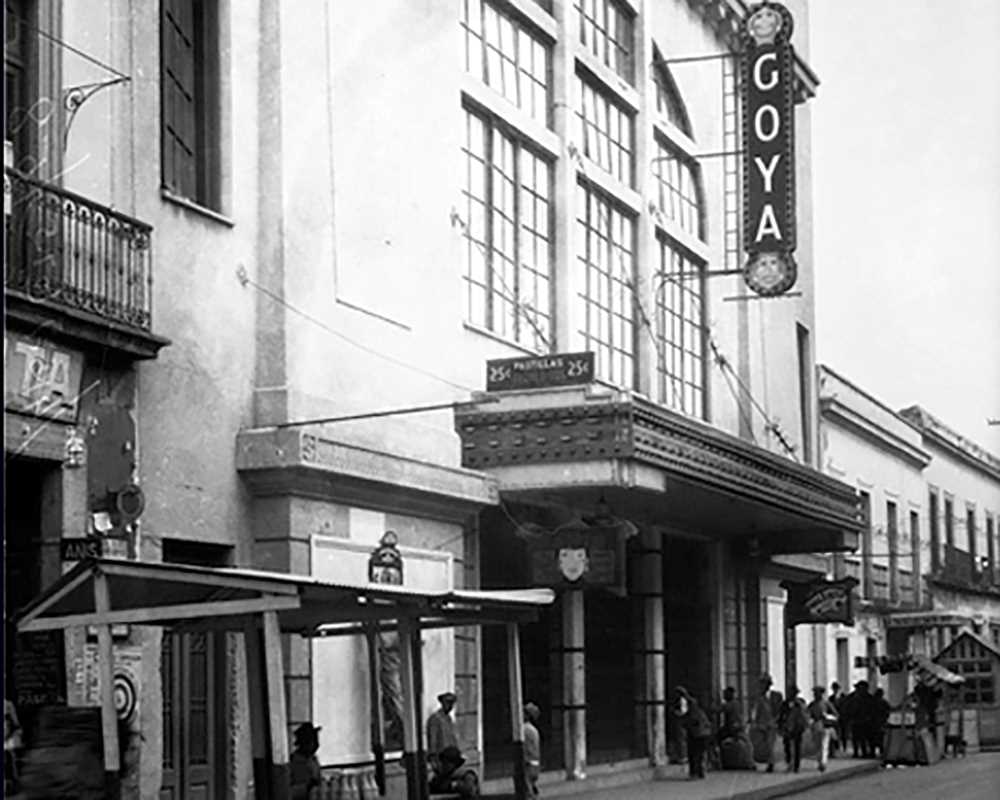The Enduring Magic of the Goya Cinema
The Goya Cinema, a legendary Mexico City theater, was a haven for university students in the 1920s. Known for its affordable prices and diverse film selection, it became a cultural touchstone, shaping generations through cinematic experiences.

These four letters are not pronounced, they are exclaimed, they denote the sound identity of the National University: the “Goya”. It was created in 1946 and attributed to José Luis Rodríguez “Palillo” (1934-2005), then a student at Preparatory School 1, located in San Ildefonso, in the Old University District, when he invited others to sit in the seats of the Goya Cinema.
The building, now defunct (1925-1967), was located at number 44 on El Carmen Street, in the Historic Center of Mexico City. It will celebrate a century since it was built and, in addition to being part of the capital culture, it maintains a permanent history shared with university students of several generations, one of them Jorge Ayala Blanco (1942), dean professor of the National School of Cinematographic Arts of the UNAM.




